Soybean Insects: Early-to-Late Season Pests (Emergence to R7)
Threecornered Alfalfa Hopper, Spissistilus festinus
Threecornered alfalfa hopper adults are green, triangular-shaped, about ¼ inch long, and 1/8 inch across the front of the head (Fig. 15). The body tapers from front to back. The nymphs are smaller and resemble the adults, but have spines along the ridge of their bodies.
Threecornered alfalfa hoppers are common and abundant on soybeans grown in the eastern half of the state. The adults overwinter outside the fields, move into emerging soybeans, and lay eggs in the plants. After hatching, nymphs progress through five stages before molting into winged adults.
These insects use piercing and sucking mouthparts to girdle stems and petioles (small stems attached to leaves and leaflets). Girdle lesions can encircle the stems
and petioles (Fig. 16) and damage to the main stems of seedling soybeans can cause lodging, plant death, and stand loss (Fig.
17). For reproductive plants, feeding can occur on the pedicels and peduncles (small stem-like structures attached to flowers and pods), which can cause pods to separate from the plant or reduce seed weight.
Begin scouting for these insects when plants emerge from the soil. Early in the season, randomly select row-foot sections at several locations in the field to look for fresh damage.
For taller plants, sample with a ground cloth or sweep net. In fields with a history of threecornered alfalfa hopper damage, increase seeding rates to compensate for
expected seedling loss. The goal is to obtain at least four undamaged plants per foot of row. Some plant death due to threecornered alfalfa hopper girdling before bloom can be tolerated because adjacent plants will fill the row space and prevent reduced yield.
Blister Beetles, Epicauta spp.
Blister beetle adults are about 1/2 to ¾ inch long and ¼ inch wide (Fig. 18). The head is wider than the thorax and the antennae are relatively long. One of the most common species of blister beetles has black or tan/yellow longitudinally-striped wing covers. Other species have entirely gray or black wing covers. The larvae are predaceous (eat other insects) but the adults have chewing mouthparts and feed
on foliage. Blister beetles are a common pest of soybeans in the eastern half of the state.
Late in the season, the adults move en masse from field margins where they have built up populations on weeds. Thus, early weed control within and surrounding fields is a good management practice. Extensive leaf feeding can occur in a short time; consistent and thorough scouting helps discover emerging populations before economic damage occurs. Spot applications of insecticides can be effective because blister beetles are usually not uniformly distributed throughout the field.
Bean Leaf Beetle, Cerotoma trifurcata
The bean leaf beetle (Fig. 19) is common in northeast Texas where large populations can develop. The color of adult bean leaf beetles varies, but the most common form has light yellowish-green wing covers with four black, rectangular spots. A triangular black spot marks the junction of the thorax and abdomen.
The larvae feed on the roots of soybean plants, but adult beetles that chew round holes in soybean leaves cause most of the damage. Beetles may also feed on pods.
Soybean plants can withstand relatively large amounts of leaf damage, especially when plants are growing vege- tatively (Fig. 20). Research in Texas shows that soybeans are most susceptible to leaf damage during R5–6 when seeds are filling in pods. At this stage, soybeans can withstand about 20 percent leaf damage before the yield is reduced.
Banded Cucumber Beetle, Diabrotica balteata

Figure 20. Defoliation Template. Source: Robert Koch, Visual Guide for Estimation of Soybean Defoliation, University of Minnesota Extension.
The adult banded cucumber beetle (Fig. 21) is about ¼ inch long and 1/8 inch wide across the widest part of the abdomen. Its size and shape are similar to the bean leaf beetle, but it has a different color pattern. The wing covers are green or yellowish-green with four lighter-col- ored crosswise bands.
The larval and adult stages feed on roots and foliage, respectively, similar to the bean leaf beetle. The adults can be plentiful on vegetatively growing soybeans, but generally cause only minor leaf-feeding damage.





